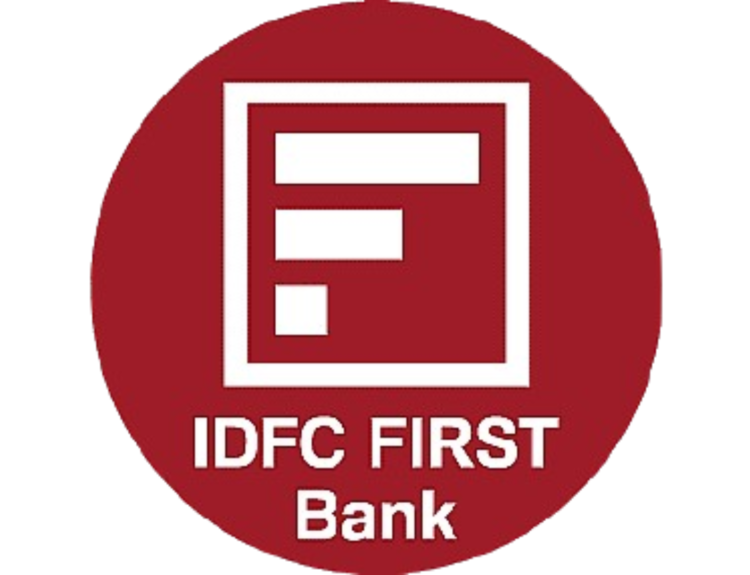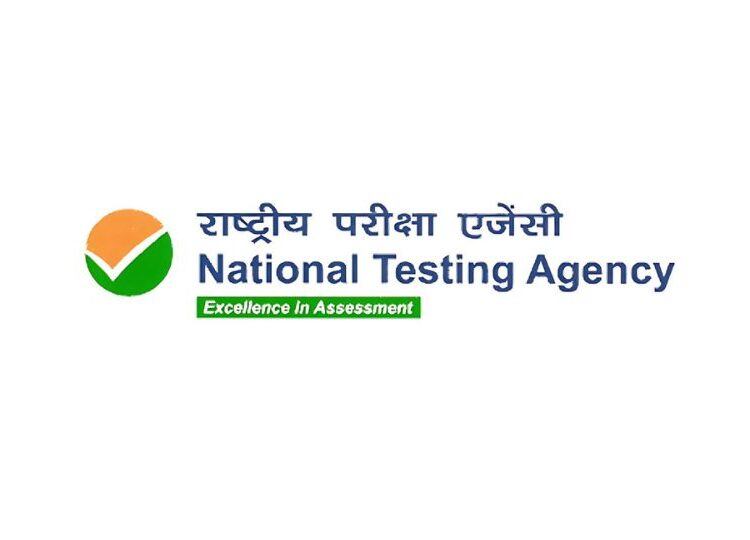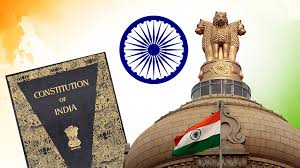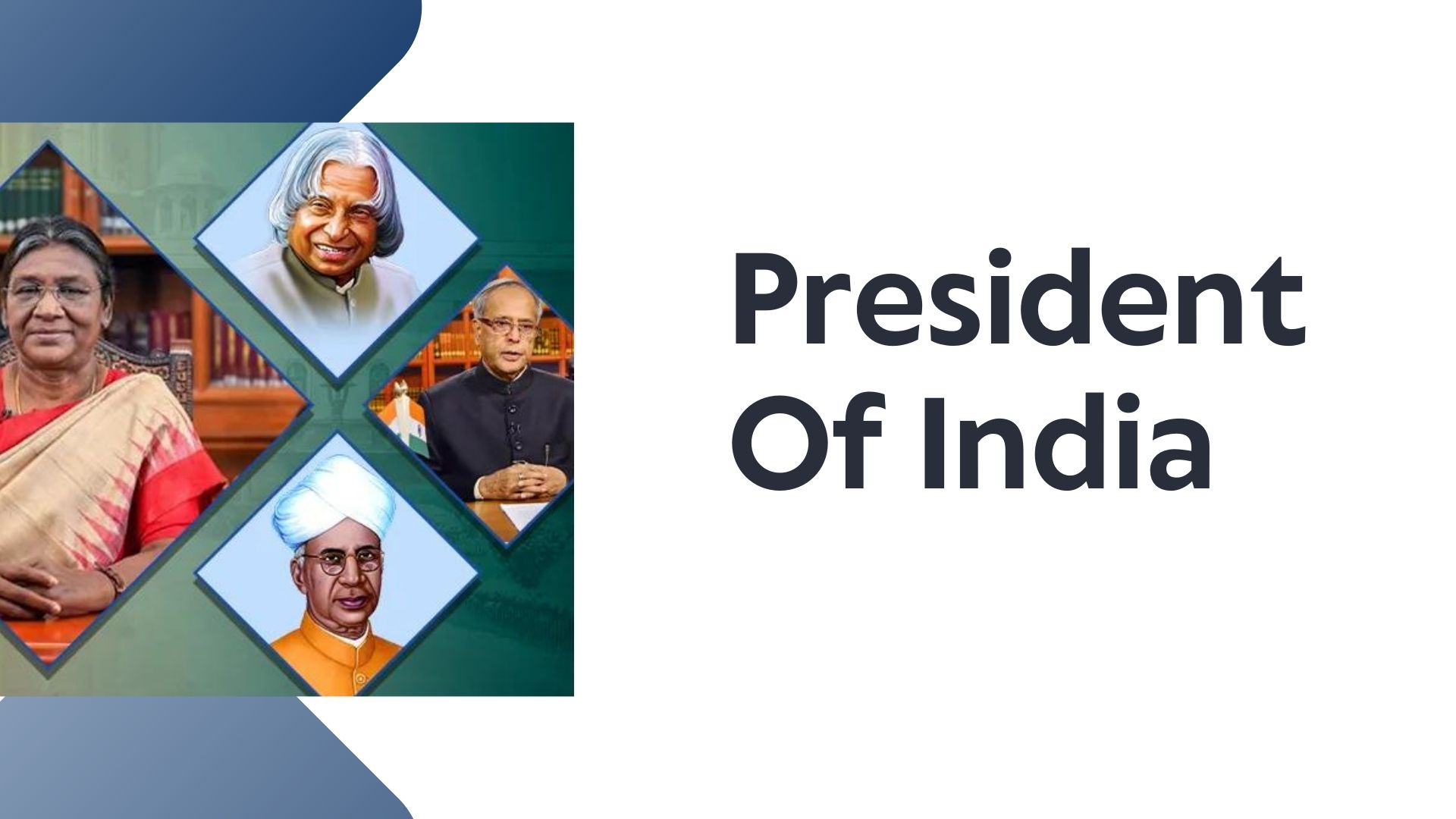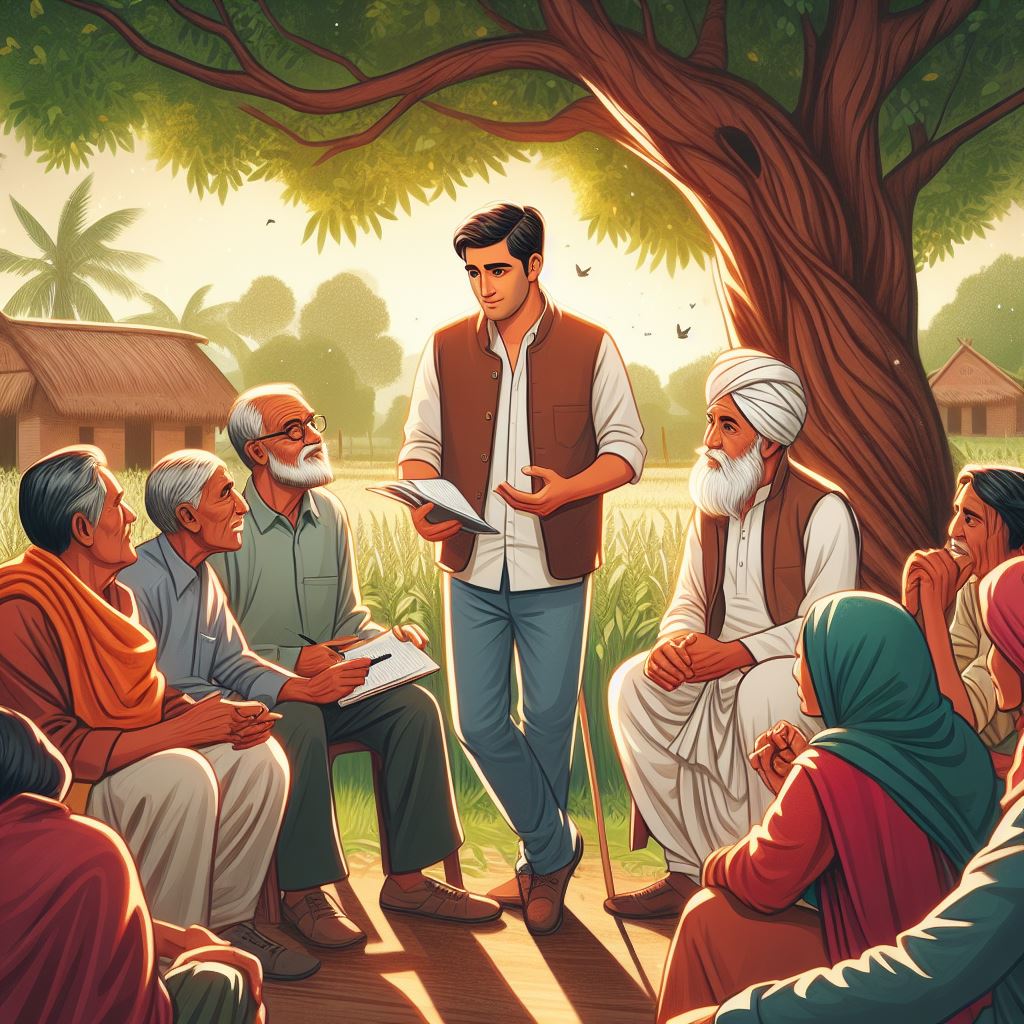
The Panchayati Raj system in India is a decentralized form of governance that aims to bring democracy to the grassroots level by empowering local communities through elected representatives. The term “Panchayati Raj” literally translates to “rule by the village council.” It was introduced to promote self-governance, local development, and participatory democracy in rural areas. Here’s an overview of the Panchayati Raj system in India:
1. Historical Evolution
The roots of the Panchayati Raj system can be traced back to ancient India, where self-governing village councils, known as ‘Sabhas’ or ‘Panchayats,’ existed to manage local affairs. However, the modern concept of Panchayati Raj took shape during the independence movement, with leaders like Mahatma Gandhi advocating for village self-governance as a means to empower rural communities. After independence, the importance of local self-government was recognized, leading to the enactment of the Balwantrai Mehta Committee Report in 1957, which recommended the establishment of Panchayati Raj institutions (PRIs).
2. Constitutional Provisions
The Panchayati Raj system was constitutionally recognized and institutionalized with the passage of the 73rd Amendment Act of 1992, which inserted Part IX into the Constitution, providing for the establishment of Panchayats at the village, intermediate, and district levels. Similarly, the 74th Amendment Act of 1992 introduced Part IX-A, which mandated the establishment of Municipalities in urban areas. These constitutional amendments aimed to decentralize power, promote local self-government, and ensure the participation of people in decision-making processes.
3. Structure and Composition
The Panchayati Raj system consists of three tiers of elected bodies:
– Gram Panchayat at the village level
– Panchayat Samiti or Block Panchayat at the intermediate level
– Zilla Parishad at the district level
Each tier has its own set of elected representatives, with the Gram Panchayat being the basic unit of local self-government. Members of these bodies are elected through direct elections based on universal adult suffrage.
4. Functions and Powers
PRIs are entrusted with a wide range of functions, including rural development, social justice, infrastructure development, and local governance. Some of their key functions and powers include:
– Planning and implementation of schemes related to agriculture, irrigation, health, education, and sanitation
– Collection of local taxes and fees
– Management of village-level institutions such as schools, health centers, and community halls
– Promotion of rural development and poverty alleviation programs
– Conservation of natural resources and environmental protection
– Resolution of disputes at the local level through traditional and modern mechanisms
PRIs have significant decision-making powers in matters related to local governance and development, making them crucial actors in rural administration.
5. Challenges and Constraints
Despite its potential, the Panchayati Raj system faces several challenges and constraints that hinder its effective functioning:
– Financial Dependence: PRIs often rely heavily on state and central government funds for their functioning, limiting their financial autonomy and sustainability.
– Political Interference: Political influence and interference from higher levels of government sometimes undermine the autonomy and independence of PRIs.
– Capacity Building: Many PRIs lack the necessary human resources, technical expertise, and administrative capacity to perform their functions efficiently.
– Social and Cultural Barriers: Deep-rooted social hierarchies, caste-based discrimination, and gender inequalities pose challenges to inclusive and participatory governance in rural areas.
– Infrastructure Deficiencies: Inadequate infrastructure, including connectivity, communication, and basic amenities, hampers the functioning of PRIs and delivery of services to rural communities.
6. Initiatives and Reforms
Efforts have been made to address these challenges and revitalize the Panchayati Raj system through various initiatives and reforms:
– Capacity Building: Training programs, workshops, and capacity-building initiatives are conducted to enhance the skills and capabilities of PRI members and officials.
– Empowerment of Women: Special provisions such as reservation of seats for women in PRIs have been introduced to enhance their participation and representation.
– Financial Devolution: Measures have been taken to increase the financial autonomy of PRIs by devolving funds, functions, and functionaries to the local level.
– Technological Integration: The use of Information and Communication Technology (ICT) tools and e-governance initiatives are being promoted to improve transparency, efficiency, and accountability in PRI operations.
– Participatory Planning: Participatory planning processes involving local communities, stakeholders, and civil society organizations are being promoted to ensure bottom-up decision-making and inclusive development.
7. Future Prospects
Despite the challenges, the Panchayati Raj system holds immense potential as a platform for grassroots democracy, rural development, and social transformation. With continued political will, institutional support, and community participation, PRIs can emerge as effective instruments of local governance and catalysts for sustainable development.
In conclusion, the Panchayati Raj system in India embodies the principles of democracy, decentralization, and community participation. It serves as a vital link between the state and the people, empowering rural communities, promoting social justice, and fostering inclusive development. As India marches towards its vision of inclusive and sustainable growth, the Panchayati Raj system will continue to play a pivotal role in shaping the country’s future.

